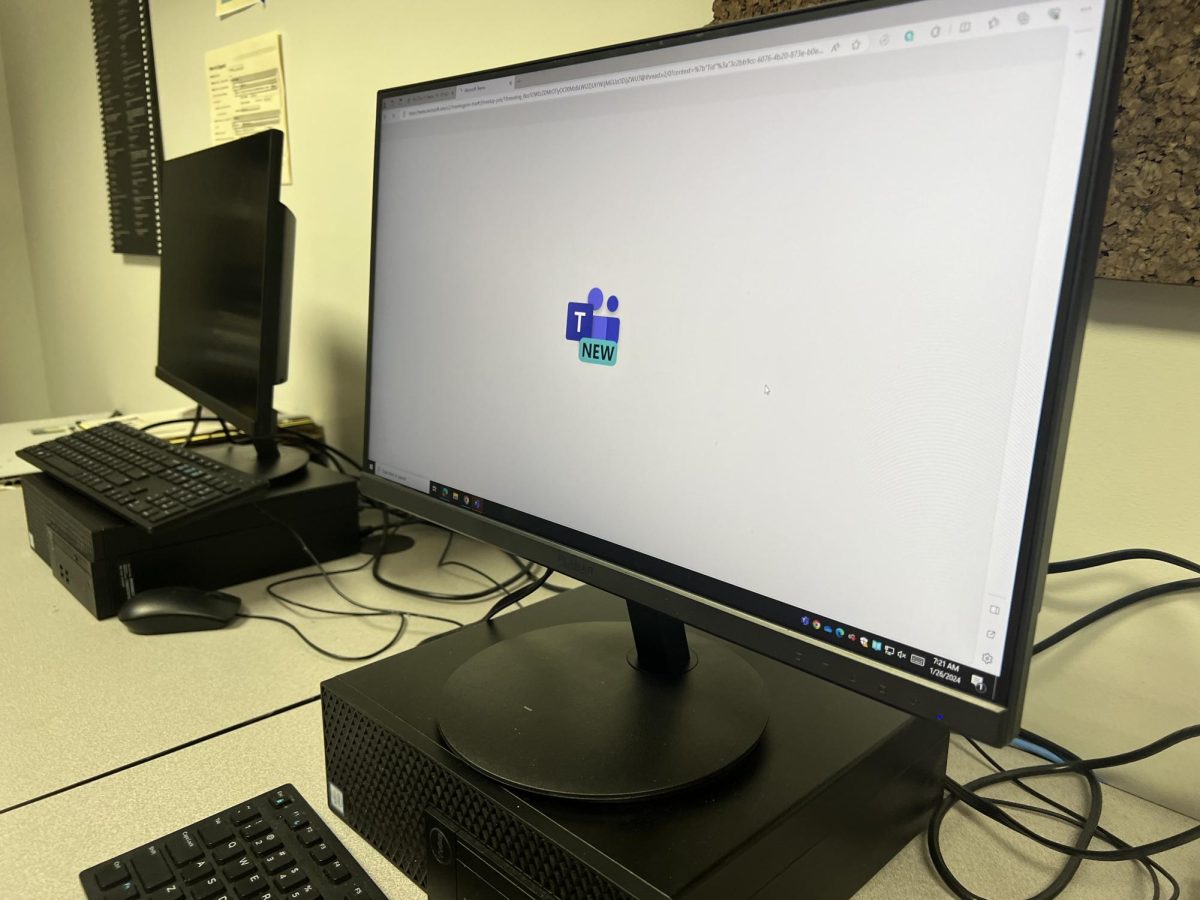Despite December’s uncharacteristically high temperatures, the beginning of January has brought about dangerous driving conditions and extreme low temperatures – two frequent contributors to school cancellations.
While District 7 is finding alternatives to eliminate the “snow day” and make the most of the intense winter weather, some students are beginning to miss those rare days off school.
Junior Olivia Kennedy said she felt bad for the younger generation. Unlike many high schoolers, elementary students will never get to experience waking up to a snow day – an important part of childhood, Kennedy said.
According to the district website, the proposed solution to avoiding cancellations altogether is adapting an E-learning plan, which allows the district to choose between an emergency snow day or an E-learning day in the case of inclement weather.
An E-learning day, for a high schooler, consists of six 25-minute Microsoft Teams meetings, one for each class. According to the district, in addition to each meeting, teachers should also provide their students with “learning tasks” to fill the required instruction time for the day.
“The State of Illinois requires a schedule that includes five hours of instruction/schoolwork during an E‐learning day,” the website said. “Teachers are expected to continue student learning activities and curriculum content and … will report student attendance.”
Although an E-learning day is remote and significantly shortened, students still aren’t fully on board.
“The district says snow days are still possible, but the first two E-learning days have somewhat proved that they’re being phased out,” senior Ella Proctor said. “I really don’t see them choosing a snow day over E-learning, especially because snow days add on to the end of the year.”
That’s the main difference between a snow day and a remote day – if the superintendent decides to cancel school altogether, an extra day is added on in May to account for the lost classroom time.
Even while the E-learning day may seem unpopular, 42% of 104 students surveyed said they would prefer it over a snow day, mainly because of the fear of extra days being added on.
“E-Learning days are beneficial for avoiding extra days being added to the school year,” sophomore Kaan Demirer said. “However, they do not serve any benefits … due to the time constraints and limited ability to do things.”
Because a remote day is shorter than half of a regular school day, students say daily lessons are often harder to understand, that’s if the material isn’t cut out altogether.
But even beyond many time-related setbacks, some students simply see E-learning as a nuisance.
“It is no secret that, despite the best effort of some teachers, nobody learns anything on E-learning days,” senior David Geldmacher said. “All these online classes do is interrupt everyone’s morning.”
According to that same survey, inconvenience isn’t the only downside to E-learning days. 80% of surveyed students reported that the abbreviated online day is reminiscent of the 2020-22 COVID Zoom meetings.
“I hated COVID year,” freshman Jacob Allen said. “E-Learning days remind me of [that]… I honestly feel like it’s harder to get work done because there [are] so many distractions, so I procrastinate a lot more.”
As the district becomes more familiar with remote learning days, there’s little doubt among students that the plan will evolve over the years. For now, -25 degrees might mean a 25-minute lecture.


